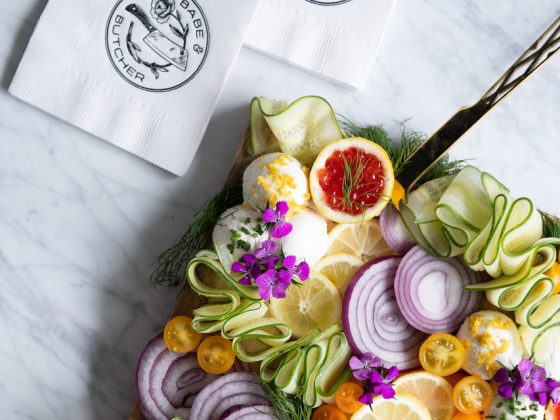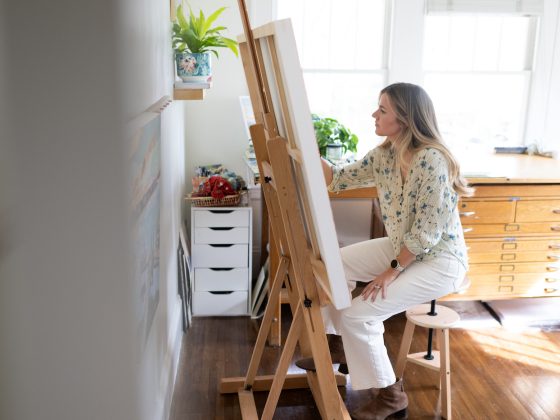It sounds simple, but the process to transform wood into a piece of art is a complicated endeavor. Charles Farrar, a master of his work, does not just guilelessly carve a piece of driftwood in his backyard. Farrar engages in a practice called woodturning, and the method is as incredibly meticulous as it is rewarding. While in his workshop for hours at a time, Farrar uses a variety of complex and traditional tools to turn natural cuts of wood into exceptional vessels. The process is no easy feat, but in the end, it is all worth it. His creations are beautiful and the wood he uses throughout is reinvigorated, full of new life and purpose.
Farrar is originally from the small town of South Hill, Virginia. Early on in his youth, Farrar’s artistic passion was fueled by an intrinsic fascination with wood. Many of his woodturning skills were self-taught, stemming from his own curiosity with the art form, and honed with lots of practice. It was his true passion.
As is the case with many, Farrar’s artistic passions were resorted to the realm of hobby while he pursued a career. When Farrar graduated from Virginia State University with a business degree he went to work for Bellsouth in Greensboro, NC and then in Concord. He had a long successful career but decided, in 1995, to retire in order to pursue woodturning. It was both his love of the art form as well as his mentors and inspirations including the likes of Frank Cummings III, John Mascoll, Avelino Samuel, and former Charlotte Gallery owner, B.E. Noel, that influenced his decision to become a professional artist.
The Noel Gallery first launched Farrar’s showcase in 1997. His art was immediately admired by enthusiasts across the country. His pieces have been displayed in major U.S. cities including Charlotte, Charleston, Atlanta, Richmond, New York, Albuquerque, and St. Paul. Farrar’s works feature classical hollow forms, scalloped bowls, and surface designs with intricate external textures.
In order to bring his works to life, Farrar collects a section of log called a blank and places it between the centers of his custom built Nichols wood turning lathe. According to Farrar the wood selection is very important and he is,
“happiest when creating from found woods that feature irregular grain patterns, knots, burls or voids, such that the finished work provokes a different commentary.”
Then, with the right tools and intricate precision, he cuts, turns, and shapes the piece as it spins. Once the exterior of the vessel is shaped, Farrar uses hollowing tools to remove the wood from the inside. This occurs through a small opening at the top of the piece. Once Farrar determines its appropriate thickness the wood vessel comes off the lathe. The outside of the piece is then sanded and finished. After that, Farrar, simply put, “polishes and presents the masterpiece to the world.” His final works of art are elegantly shaped, feature lustrous surfaces, and have elaborate textures. Each piece is unique and astoundingly beautiful.
In addition to Farrar’s career in woodturning, he is also an avid member of the advisory committee of the Mint Museum of Craft and Design in Charlotte, North Carolina. He also serves as a member of the Cabarrus Arts Council Board of Concord, North Carolina, and is a part of the American Association of Woodturners. Farrar is a member of the Regional and Area Woodturner Association, where he shares his passion for wood art with like-minded individuals. Today, he continues to live in Concord, turning, shaping, and hollowing wood art gems in his workshop for future generations of art enthusiasts to enjoy.
For a bit more info: www.charlesfarrar.com













